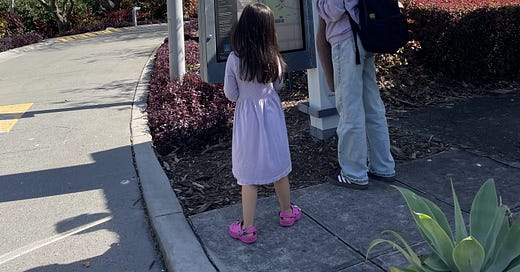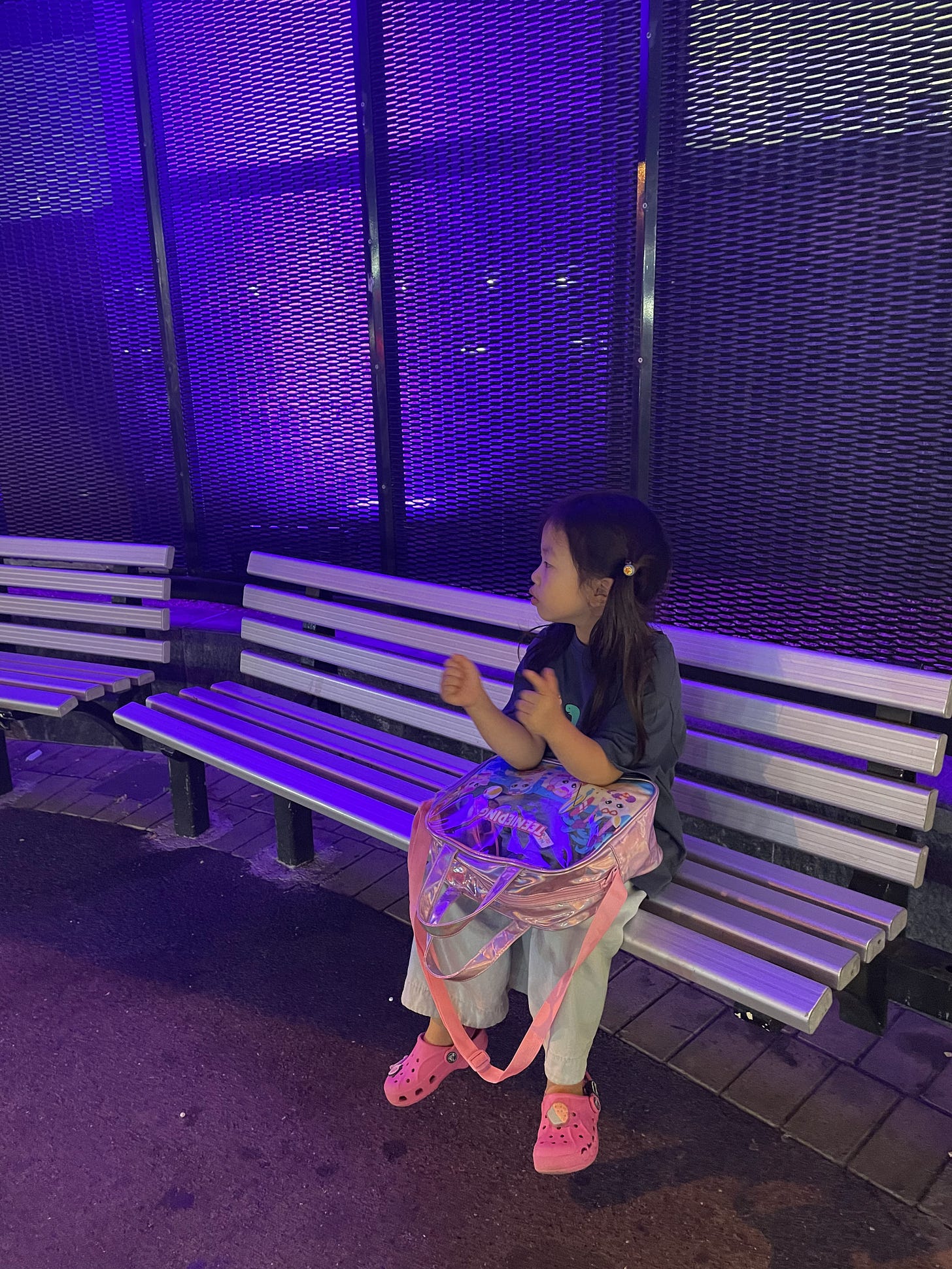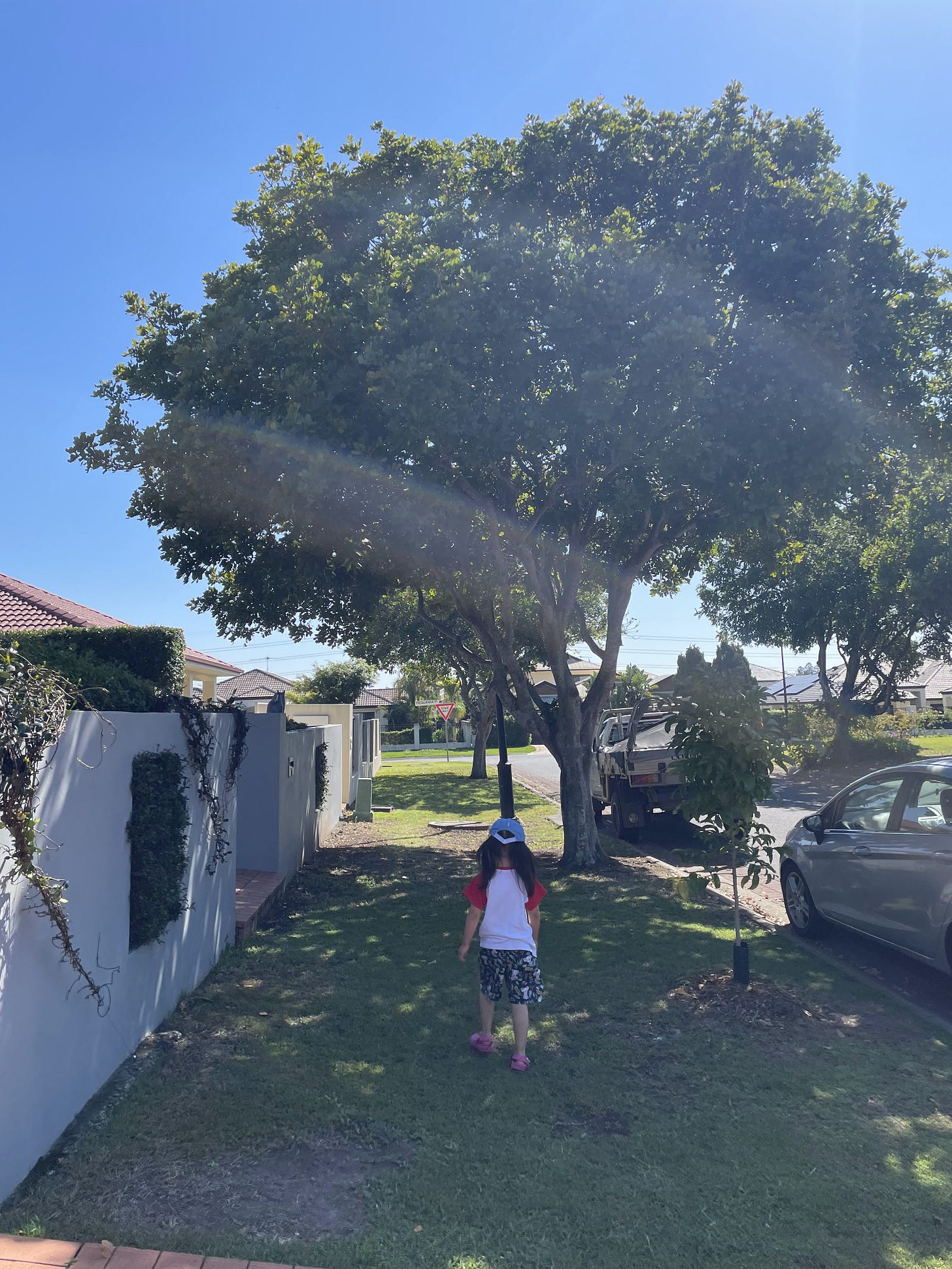The Promise of Affordable Public Transport
During my month-long stay in Brisbane this August, I was intrigued by the 50-cent public transport fare. Whether the policy was intended to gain political favor or genuinely boost ridership, I initially saw it as a step in the right direction. However, by the end of my stay, I realized that lowering fares alone does not resolve the deeper issues within Brisbane’s public transport system.
Initial Impressions: Smooth CBD Connections
The low fare influenced my decision to rely on public transport over rideshare services like Uber or DiDi, particularly at the start of my stay. I also assumed Brisbane, as a major city, would be pedestrian-friendly. For the first 10 days, while staying in the Central Business District (CBD), I found the ferry and bus services to be convenient, with smooth operations and solid connections within the city. Navigating the CBD felt easy, and my optimism about the transport system grew.
Challenges in the Suburbs: Time-Consuming and Inefficient
The limitations of the system, however, became clear as soon as I ventured outside the CBD. Traveling to suburban areas such as my cousin’s church or visiting relatives in northern Brisbane took far longer than expected—1 to 1.5 hours for destinations that would only take 20 to 30 minutes by car. The inefficiency of these routes, often requiring a combination of buses and trains, quickly became a frustration. The convenience of the CBD services sharply contrasted with the slower, more complex journeys in the suburbs, leading me to depend increasingly on rideshare options.
Living in the Suburbs: Infrequent Services and Car Dependency
When I moved just 5-6 kilometres from the CBD, the shortcomings of Brisbane’s public transport became even more apparent. Buses ran only every 30 minutes during peak times and once an hour outside of peak hours. Missing a bus meant long waits or, more often than not, another rideshare trip. Further north, where I relocated later, these issues were compounded: a 17-kilometre journey could take up to 2 hours because of the need to travel into the CBD before heading back out to the suburbs. By the end of my stay, I had spent around 550 AUD on rideshare services, proving that public transport was not the efficient alternative I had hoped for.
Key Questions: Feasibility of Car-Free Living and Cultural Attitudes
Reflecting on my experience in Brisbane, two key questions come to mind:
1. Is it feasible to live without a car in Brisbane?
The inefficiency of public transport, especially in suburban areas, makes car-free living seem unrealistic. In Korea, where public transport is highly developed and frequent, living without a car is practical. However, Brisbane’s suburbs often lack accessible amenities within walking distance, making car ownership more of a necessity than a choice.
2. What are the cultural attitudes toward public transport?
In Korea, areas with good public transport access are highly valued, often reflecting in higher property prices. In Brisbane, however, car ownership seems to be the norm, especially in suburban areas. It was surprising to hear that public transport is sometimes viewed as an option for lower-income individuals, a perception that might discourage broader use.
Affordable Fares Aren’t Enough
While Brisbane’s CBD benefits from a well-functioning public transport system, its suburban areas remain underserved and inefficient, making it difficult to rely solely on public transport. The 50-cent fare, though a well-intentioned initiative, does little to address the underlying challenges of connectivity and cultural perception. Without significant improvements to the system and a shift in public attitudes, the goal of increasing public transport usage in Brisbane may remain elusive.








Perhaps because I only stayed in the CBD, I found the 50-c policy welcome and interesting.
It seems like your experience staying in different regions has given you different perspectives on transportation policy. Thanks for raising an interesting topic 👍👍😍😍
Thank you for your post. We embedded it in this Regen Brisbane post about the trial and the perspective of visitors to the city added to the conversation.
https://regenbrisbane.substack.com/p/public-transport-and-the-50c-fare